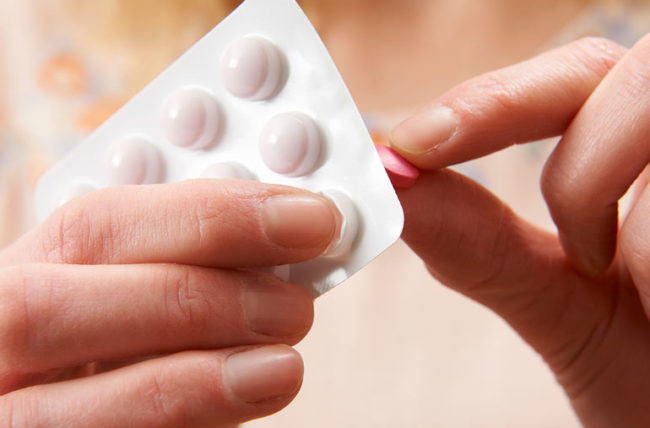In vitro fertilisation (IVF), involves the use of many injectable medications. You may feel anxious or uncomfortable if you are squeamish about needles.
Fertility specialist , Julierut Tantibhedhyangkul MD says that most IVF medications can be administered subcutaneously – into the fat layer beneath your skin.
It’s not as bad as you think. It’s not just for fertility treatments. Healthcare providers also prescribe subcutaneous injections to treat many conditions including Diabetes severe Asthma, and Blood Clotting Disorders. It’s normal to feel nervous if this is the first time you have ever injected yourself. You can reduce your anxiety by knowing what to expect.
Dr. Tantibhedhyangkul explains the process step-by-step.
What are the injectable drugs used for IVF and how do they work?
IVF helps people become pregnant using assisted reproductive technology. It is a multi-step and delicate process.
- Stimulate the ovaries to produce eggs.
- Recover the eggs.
- Use sperm and eggs to create embryos.
- Transfer one or two healthy fetuses into your uterus.
Dr. Tantibhedhyangkul explains that timing is crucial for IVF. Dr. Tantibhedhyangkul says that injectable fertility medications play a crucial role. They help prime your body for the removal and transfer of embryos.
Types of IVF Injections
Injectable drugs are used in nearly every phase of IVF. Fertility drugs come in many different brands, but each one has a specific goal.
- Increase egg output: Drugs containing gonadotropins (follicle stimulating hormone, luteinizing hormonal (LH), or a combination thereof) contain follicle stimulating hormone (FSH), and luteinizing (LH). These hormones stimulate the ovaries to produce multiple eggs during a cycle (instead just one). Subcutaneous injections of gonadotropins is how they are administered.
- Prevent early ovulation: Gonadotropin-releasing hormone (GnRH) agonists and GnRH antagonists are two types of medication that keep your body from ovulating — that way, an optimal number of eggs can develop to a large size before retrieval. Both hormones can be given subcutaneously but they work in different ways to suppress ovulation.
- Ovulation is caused by: After ovarian stimulation, and after the eggs have grown, you can take medication to cause the eggs to mature and to encourage your body to start ovulation. It is usually injected subcutaneously but can also be injected intramuscularly. Two medications commonly used to trigger ovulation are Human Chorionic Gonadotropin (hCG), and Lupron, a type of GnRH Agonist.
- Progesterone can help your body prepare for embryo transfer. The embryo will have difficulty attaching to your uterine lining and growing after the implantation if you don’t take enough progesterone. Progesterone can be administered into the muscle for IVF, or vaginally.
How many subcutaneous injectables is required for IVF?
The process of IVF is the same, even though infertility specialists use different medications. The amount of time and exact medication needed to administer injections depends on the age and cause of infertility.
Dr. Tantibhedhyangkul says that most people inject medications between eight and fifteen days. In some cases, patients may have to inject themselves for up to three weeks.
Inject your medication at the same time every day. Most medications can be injected only once a day, but others may require up to two daily injections.
How to administer a self-injection subcutaneously
Subcutaneous injections are used for most medications during the early stages IVF. You can reduce anxiety if you are familiar with the injection process.
Dr. Tantibhedhyangkul says that you usually inject subcutaneous injections into your thigh or stomach. Your nurse will likely provide you with an illustrated guide to help you determine where to inject your shots.
Select your injection site, and then begin:
- Cleanse the site: Wipe your hands with rubbing alcohol and clean the injection site. Let your skin dry.
- Remove the needle cap with care. Tap the side of the syringe while holding it with the needle pointed upwards. This will remove any air bubbles. Push the plunger until a tiny drop of medicine appears on the needle.
- Insert needle: Flip syringe at 90 degree angle so needle is facing your skin. It should be parallel with the floor. Push the needle through your skin by pinching it. Let go of the pinched area once the needle has been fully inserted.
- Press the Syringe: Push the syringe down until the entire medication is ejected.
- Remove needle: Apply gentle pressure with gauze or cloth on the injection site.
- Dispose the needle: Place it in a glass container or other puncture-proof containers.
Subcutaneous fertility shots: side effects
Subcutaneous injections rarely cause serious side effects. Minor side effects may occur at the injection site.
- Bleeding which can be easily controlled by applying a piece gauze after injection.
- Bruisingcan be avoided or minimized by injecting medication in a new spot every day.
- Pain, that should disappear when you apply ice on the site.
IVF at Home Made Easy: Tips
If you are uncomfortable or cannot self-inject IVF medication, Dr. Tantibhedhyangkul suggests taking these steps to ease the process:
- Talk to your IVF nurse about the best place to inject the IVF medication.
- Inject the first dose in your office together with your IVF nurse.
- Have a family member or friend give you your medicine.
- Learn how to inject medication by watching online videos.
Dr. Tantibhedhyangkul says, “Fertility specialists want you to be successful.” Look to them for support and resources throughout the process.























